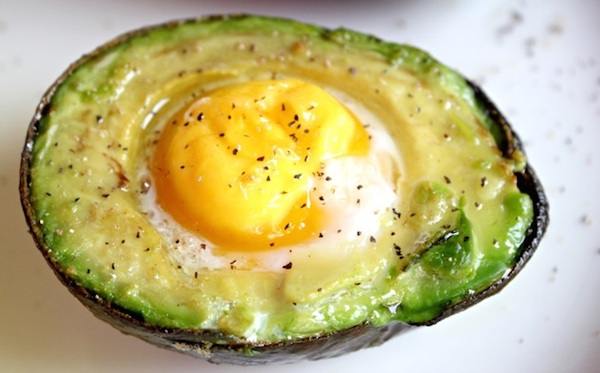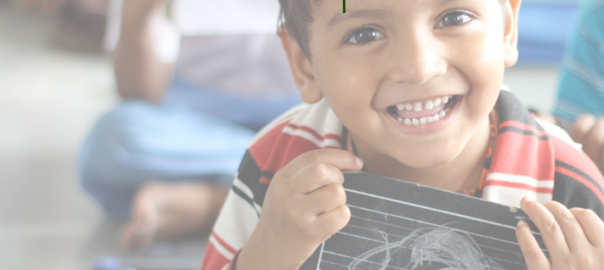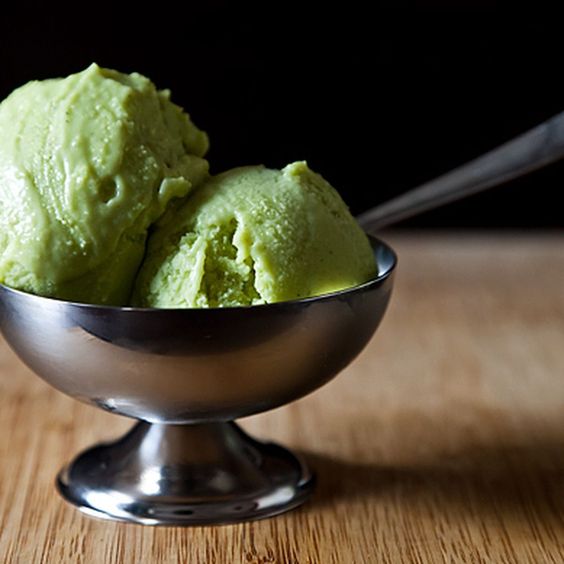Secondly, we went over school time nutrition, what to eat and tips on how to keep it healthy throughout the year.
Last week we talked about EMF’s, wireless and pollution from these frequencies and how to limit their exposure and protect your kids.
Today, we are going to go over how to keep children healthy during school with their emotions, then we will wrap up the month with immunity/flu shots and halloween candy alternatives.
—————
In this day and age, it is pretty difficulty managing the pressures of school. With technology all around, and social media rampant, there can be many avenues for children to be overwhelmed, bullied, compare themselves to media, and just overall maxed out.
In California, not being a native, but residing in both north and south, there’s a HUGE pressure on children to excel in school in sports. I’m not saying this is a bad thing by any means, but the pressure for some children can often times be exhausting. Kids are not meant to be under extreme amounts of stress all the time.
Stress can start as early as childhood, and carry into adulthood if not managed properly. In a recent poll that asked tens of thousands of high school students how often they feel stressed, nearly 45% said “all the time,” citing relationships and teachers as the primary reasons why. 45% ALL THE TIME. I think we often forget sometimes that kids should also be that… kids.
So, how do we support our school aged kids? And we know that college aged kids are just as if not more stressed with the pressures there.
Here are some real numbers of our kids having to take or be put on psychiatric medication in 2017.
- 0-17 Years 7,213,599 kids on psychiatric
- 0-17 Years 3,655,472 kids on ADHD Drugs
- 0-17 Years 2,100,315 kids on antidepressants
- 0-17 Years 1,194,805 kids on antipsychotics
- 0-17 Years 1,445,509 kids on anti-anxiety
*Currently, 6.1% American Children are being treated for ADHD with medication.
WAKE UP call here. 1 in 3 have anxiety disorders? And a 43% increase in ADHD in the past 8 years. These are really grim statistics for our younger generations, but one’s that need to be recognized and known how to deal with/prevent.
Children process emotions differently from adults. At certain ages, certain areas within our limbic system (emotional brain), start to mature. For instance, around the age of 7 we start to come into our own emotions and not rely so much on mom and dad to mimic emotions as much. This is a pivotal age. (this is also a typical age when children are “diagnosed with ADHD”.
Sometimes these emotions can be happy, and shape the child to who he will become in a positive way. Sometimes they aren’t so happy. And not even necessarily from a “bad home”, just taking certain emotions a way that wasn’t intended to be.
This comes into the part of internalization…
We don’t know why some emotions are internalized and others are not. It depends on the state of the body at the time of that person when the negative emotion was formed. Their immune system, environment, how traumatic it was, ect. But improperly internalized emotions in particular for children can set them up to repeat patterns (subconscious level) throughout their life.
Say they see mom or dad react a certain way to something. Whether good or bad, the child internalized it, and created a repeat pattern to keep reacting in the same way they did at that specific moment in time. And the important thing to note is the brain cannot tell a difference in time.
Continual improperly internalized emotions lead to not only physical stress, but internal stress within the body. They might actually have body systems change, or create patterns and mindsets that aren’t necessarily “ok”.
However, a toddler for instance cannot regulate their emotions.Toddlers have no emotional regulation skills. Their emotions can swing like a pendulum. But that’s why we have parents, to help regulate those emotions.
Emotions change the way we ADAPT to situations.
For children, all the topics we have already mentioned in the previous weeks are great ways to help monitor the emotional brain by keeping the brain/nervous system and immune system regulated.
There will be ups and downs, that is normal, but like you saw above the epidemics are still rising, so we often in this day in age have to do more.
While smartphones can provoke anxiety, they can also serve as a handy avoidance strategy. A way to not to think about classes and college, not to have to talk to people.
So what do I recommend?
Well, I obviously cannot control what happens in people’s homes, nor do I desire to or think it’s my place. But for many children they desire the need to be seen and heard. For kids, little problems are HUGE problems right? And for adults we need to understand that for children, these small things can seem like the END OF THE WORLD. It’s also normal for kids to always want to protect their family, they can’t get by without grownups helping them right?
I often times find out these things by doing NET (neuro emotional technique) in my practice. Kids, especially teens won’t always tell you whats the matter. That’s why I LOVE this technique.
It combines behavioral psychology of the conditioned response and combines it with the 5 elements of Chinese medicine that emotions are held in particular organs in the body. The intervention or decondition of the original trigger is done by chiropractic adjustment of specific levels of the spine that innervate the organs holding those emotions.
In other words, it’s a stress reduction technique, that allows me to tap in real quickly with the child about what is that exact stressor that is conditioning the body to react in a improper way, and de-conditioning it to react properly.
Cool right? Very. I’ve gotten many people off medications with this technique in combination with herbal/EO medicine.
I believe that some medications are needed in some cases, but I really don’t think ANY medications are needed for our children. Especially psychotics, unless extreme cases.
Other things I love.
Essential oils- There are so many benefits of pure essential oils, and one is that they have an emotional aspect. When you smell a certain smell it can bring you back to a certain memory right?
That’s one of the amazing properties, is certain oils can help us process and be ok with certain emotions calming the body and creating a healthy response.
I certainly wish I had EO when I was going through school! The new kids kit by DoTerra is also a wonderful option for a go to for this specific thing.
Herbals- There are many herbals and nutritional recommendations I have for children to help balance these systems without medications. Often it is doing the nervous system and healing of the gut that helps the most. But, specific herbals can be wonderful for balancing systems, and of course heavy metal and chemical toxicities from vaccines and the environment can be extremely dangerous to a child and their emotion brain.
Detoxing a child is difficult, but it is possible and can be life changing. I’ve seen many children break free from many emotional and behavioral challenges through detoxing toxins and infections.
…..I will tell you my most difficult it teenage girls. All the makeup, perfume, cell phone radiation, birth control…. There’s soooo many toxins literally hourly they are consuming. No wonder anxiety is SO common! There’s so many things to help our teens with anxiety even body image/acne problems, but you gotta eliminate some of the crap going in!……
Another point I’d like to make is to also again remember to let kids be kids. I know sports are awesome and fun, but sometimes school and sports can become a stressor. Kids in multiple sports and doing multiple academic achievements can be taxing. Some really thrive in this environment, but others don’t, and that’s OK. The point is to allow them to do things that are also FUN for them, not a STRESS.

Melissa is called QUEEN B, or queen of all oils for many reasons, but a big one is it’s powerful ability to decrease anxiety, PTSD and many other emotional triggers.With a sweet lemon fragrance, the Melissa plant, also known as Melissa officinalis or lemon balm, is the herbaceous origin of Melissa essential oil. This rare oil is extracted from the leaf of the Melissa plant and is cherished by many for its large array of uses and benefits. Melissa essential oil contains strong soothing properties. When used aromatically or topically, it can help promote feelings of relaxation and can assist in calming tension and nerves. Melissa oil is also valued for its fresh, sweet, and citrus-like aroma. In the kitchen, Melissa oil can be used to flavor a variety of different foods and drinks such as teas, ice cream, and some fish dishes. Taking Melissa oil internally may help support a healthy immune system.*
Melissa Oil Uses and Benefits
- One of Melissa oil’s most prominent health benefits is that it may help support a healthy immune system.* To obtain this powerful bodily assistance, dilute one drop of Melissa essential oil into 4 fl. oz. of liquid and drink.* You can also take Melissa essential oil internally by putting Melissa oil into a veggie capsule and ingesting it like a dietary supplement.
- Two of the main chemical constituents of Melissa essential oil are geranial and neral. These two chemicals contain soothing properties that make this essential oil a perfect oil for relaxation. For optimal relaxation, apply Melissa oil topically or put a few drops of Melissa oil into a diffuser.
- Don’t let nerves ruin your big moment. Before a nerve-wracking speech, presentation, or performance, apply one to two drops of Melissa essential oil to the palms of your hands and cup your hands over your nose and inhale. Melissa oil is great for calming tension and nerves and will prove to be a powerful aid during those anxious occasions.
- Give your skin an invigorating boost by applying Melissa essential oil. Add Melissa oil to your moisturizer or to a spray bottle with water and spritz your face. This simple essential oil addition will give your skin a rejuvenated feeling and will help refresh the mind.
- After a long day, let your mind and body relax and unwind with a little help from Melissa essential oil. For relieving results, rub Melissa oil on your forehead, shoulders, or chest. Applying Melissa essential oil will help lessen feelings of stress and promote emotional well-being.
- One of the most important things you can do to support your body’s health is to get a full night’s sleep. Aside from nutrition, sleep is the fuel that gives your body the strength to work and play. To help create a relaxing environment that encourages a restful night’s sleep, diffuse Melissa oil in your diffuser before going to bed.
- For possible support your body’s immune system, place one to two drops of Melissa essential oil under the tongue or on the roof of the mouth and then swallow.* Directly placing an appropriate quantity of Melissa essential oil into your mouth is an easy and quick way to receive the internal benefits of Melissa oil.*
Fun Fact
Melissa is Greek for “honey bee,” and its sweet, citrus fragrance was known to attract bees.
Plant Description
The Melissa plant, Melissa officinalis, is an herbaceous perennial that is commonly known as the lemon balm. This plant ranges from one and a half to two feet in height. The medium-green leaves of the plant are wrinkled and ovate in shape. The leaves of the plant are edible. During the summer, small, white flowers are found in the leaf axils.1 doTERRA Melissa essential oil is extracted from the leaf of the plant.
Chemistry of Melissa Oil
Main Chemical Components: Geranial, germacrene, neral, β-caryophyllene
Two of the main chemical components of Melissa essential oil are geranial and neral. These two chemical constituents have a monoterpene backbone and are part of the aldehydes functional group. Both geranial and neral contain soothing properties that strongly contribute to Melissa essential oil’s soothing abilities. To learn more about the chemical components of Melissa essential oil or other essential oils, visit the doTERRA Science Blog.

What’s a great food to help ease emotions and anxiety in children? EGGS!
B vitamin deficiency can cause children to experience confusion, irritability and anxiety. A rich source of choline and Vitamin B12, eggs are an optimal food for brain development and may ease feelings of anxiety in children. If your child is allergic to eggs, other vitamin B rich foods like beef and citrus fruits are also great options.
INGREDIENTS
- 1 Avocado
- 2 Eggs
- Pinch of sea salt & pepper
INSTRUCTIONS
- Cut the avocado in half and remove the pit.
- Scoop out some avocado from the center to make room for the egg.
- Break an egg into the center of each half avocado. Don’t worry if some of the white spills out as long as the yolk is intact..
- Bake in oven at 400 degrees for about 10-15 minutes until whites are set and yolk is runny.
THAT is all for now,
Have a happy and healthy week.

Dr. Hamel




